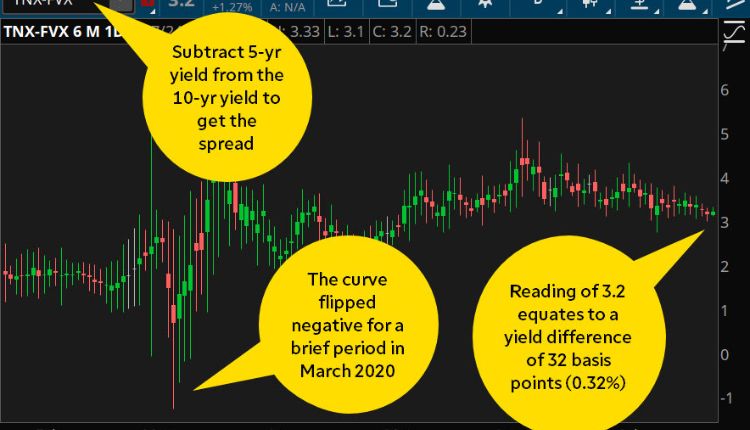Understanding The 10-Year Treasury Yield: An In-Depth Analysis
Introduction:
The 10-year Treasury yield is a crucial benchmark for financial markets and serves as a vital indicator of economic health. It represents the interest rate at which the United States government borrows money for a 10-year period. Investors closely monitor the 10-year Treasury yield as it influences various aspects of the economy, including mortgage rates, corporate borrowing costs, and stock market performance. In this article, we will delve into the intricacies of the 10-year Treasury yield, its significance, factors affecting its movement, and its impact on the overall financial landscape.
Body:
I. What is the 10-Year Treasury Yield?
The 10-year Treasury yield refers to the interest rate paid on the 10-year U.S. Treasury note, which is a debt instrument issued by the U.S. Department of the Treasury. The yield represents the return that investors receive for lending money to the government. It is a measure of investor confidence in the economy and acts as a benchmark for other interest rates in the market.
II. Factors Influencing the 10-Year Treasury Yield:
- Economic Conditions: The 10-year Treasury yield is highly influenced by the prevailing economic conditions. In times of economic growth and inflationary pressures, the yield tends to rise as investors demand higher returns to compensate for increased risk. Conversely, during periods of economic uncertainty or recession, investors seek the safety of government bonds, driving the yield down.
- Monetary Policy: The monetary policy decisions of the Federal Reserve play a significant role in shaping the 10-year Treasury yield. When the Federal Reserve raises interest rates to combat inflation, it exerts upward pressure on the 10-year Treasury yield. Conversely, when the central bank adopts an accommodative stance to stimulate the economy, the yield tends to decline.
- Demand for Safe-Haven Assets: The 10-year Treasury yield is affected by the demand for safe-haven assets during times of geopolitical tensions or market turmoil. In such situations, investors flock to U.S. Treasury securities, driving their prices up and yields down.
- Inflation Expectations: Anticipated inflation rates impact the 10-year Treasury yield. If investors expect higher future inflation, they will demand higher yields to protect their purchasing power. On the other hand, if inflation expectations are low, the yield may decrease.
III. Impact of the 10-Year Treasury Yield:
- Mortgage Rates: The 10-year Treasury yield has a strong correlation with mortgage rates. When the yield rises, mortgage rates tend to follow suit, making borrowing more expensive for homebuyers. Conversely, a decrease in the yield results in lower mortgage rates, making homeownership more affordable.
- Corporate Borrowing Costs: Companies often benchmark their borrowing costs against the 10-year Treasury yield. As the yield rises, corporate borrowing costs increase, potentially impacting business investment and expansion plans. Conversely, a decrease in the yield lowers borrowing costs, stimulating corporate activities.
- Stock Market Performance: The 10-year Treasury yield can influence stock market performance. When yields rise, investors may shift their funds from stocks to bonds, seeking higher returns. This movement can lead to a decline in stock prices. Conversely, when yields fall, stocks become relatively more attractive, potentially boosting stock market performance.
Conclusion:
The 10-year Treasury yield holds immense significance as a barometer of economic health and financial market trends. It is influenced by various factors such as economic conditions, monetary policy, demand for safe-haven assets, and inflation expectations. Understanding the dynamics of the 10-year Treasury yield is crucial for investors, policymakers, and individuals involved in financial decision-making. By monitoring the yield, one can gain insights into interest rate trends, mortgage rates, corporate borrowing costs, and stock market




